Leg cramps can strike unexpectedly, often at night or after physical activity, and can range from mildly uncomfortable to intensely painful. These involuntary muscle contractions typically affect the calf muscles but can also involve the thighs or feet. While they usually resolve on their own, frequent leg cramps can be disruptive and may point to underlying issues. Understanding what causes them is the first step in preventing and managing them effectively.
Let’s explore seven common causes of leg cramps and natural ways to ease and prevent them.
1. Dehydration
One of the most common and overlooked causes of leg cramps is dehydration.[ScienceDirect] When the body lacks adequate fluids, it can affect the balance of electrolytes like sodium, potassium, and magnesium. This imbalance can lead to misfiring of muscle signals, causing cramps. People who sweat heavily, work outdoors in hot weather, or don't drink enough water throughout the day are particularly vulnerable.
2. Electrolyte Imbalance
Muscles require a delicate balance of minerals such as calcium, potassium, and magnesium to contract and relax smoothly. An imbalance in these minerals can cause the muscles to seize up and cramp. [NIH] This is often seen in athletes or individuals following restrictive diets. Even slight deficiencies in magnesium or potassium can trigger these painful episodes.
3. Poor Circulation
Restricted blood flow to the legs can lead to cramps, especially during physical activity.[NIH] Conditions such as peripheral artery disease or even simply sitting or standing in one position for extended periods can reduce circulation. When oxygen and nutrients do not reach the muscles efficiently, it can result in spasms or cramping sensations.
4. Overuse of Muscles
Exercising without adequate warm-up, pushing the muscles beyond their capacity, or suddenly increasing the intensity or duration of a workout can cause muscle fatigue. Fatigued muscles are more prone to cramping, especially in high-demand areas like the calves and thighs. This is particularly common among runners, cyclists, and individuals engaged in high-intensity interval training.
5. Nutritional Deficiencies
A lack of essential nutrients, particularly magnesium, calcium, vitamin D, and B vitamins, can interfere with muscle function. Magnesium, for instance, plays a crucial role in muscle relaxation.[NIH] A diet lacking in leafy greens, nuts, seeds, or whole grains can contribute to recurrent cramps. Similarly, low protein intake can affect muscle repair and function over time.
6. Medication Side Effects
Certain medications may contribute to leg cramps as a side effect. These include diuretics, statins, beta-blockers, and some asthma medications. Diuretics, in particular, can deplete the body of vital electrolytes like potassium and magnesium, increasing the likelihood of muscle cramps.[NIH] If cramps become frequent after starting a new medication, it's worth discussing alternatives with your doctor.
7. Medical Conditions
Chronic conditions such as diabetes, kidney disease, thyroid disorders, and nerve compression can all contribute to muscle cramps. In diabetic neuropathy, for example, nerve damage can lead to abnormal muscle signaling. [NIH] People with hypothyroidism may also experience frequent cramps due to slowed metabolism affecting muscle tissue. Identifying and treating the underlying condition is crucial in these cases.
Ways to Manage and Prevent Leg Cramps Naturally
While identifying the root cause is essential, there are several natural and effective ways to manage leg cramps and reduce their frequency.
1. Stay Well Hydrated
Drinking enough water throughout the day helps maintain fluid balance and supports optimal muscle function. If you're exercising or spending time in hot environments, make sure to increase your fluid intake. Adding electrolyte-rich drinks occasionally can also help restore mineral balance.
2. Focus on Magnesium-Rich Foods
Magnesium plays a critical role in muscle relaxation. Incorporate foods like spinach, almonds, pumpkin seeds, avocados, and bananas into your diet. Whole grains and legumes are also excellent sources. In cases where dietary intake isn't enough, a high-quality magnesium supplement may be beneficial. Look for supplements that are easy to absorb and gentle on the stomach.
3. Increase Potassium and Calcium Intake
Include potassium-rich foods such as sweet potatoes, oranges, and tomatoes. Dairy products, leafy greens, and tofu can help maintain adequate calcium levels. These minerals help regulate muscle contraction and nerve function.
4. Stretch Regularly
Gentle stretching before and after physical activity can go a long way in preventing cramps. Pay special attention to the calf, hamstring, and thigh muscles. If you frequently get cramps at night, try stretching your legs before bed. Yoga and mobility exercises can also improve overall flexibility and circulation.
5. Massage and Heat Therapy
Massaging the affected area helps increase blood flow and relax the muscle. Warm baths or applying a hot compress can ease tightness and reduce discomfort. Adding Epsom salt to a warm bath provides additional magnesium absorption through the skin.
6. Maintain an Active Lifestyle
Regular low-impact activities like walking, swimming, or cycling help improve blood flow and prevent stiffness. Avoid sitting or standing for long periods without movement. If your job requires long hours in one position, take short breaks to stretch and move around.
7. Consider Natural Supplements
If leg cramps persist despite lifestyle changes, it may be time to explore targeted supplements. Products with bioavailable magnesium, potassium, B vitamins, and plant-based protein or whey protein can support muscular health and repair. Protein is essential for muscle maintenance and recovery. If your diet lacks adequate protein, particularly if you follow a vegetarian or vegan lifestyle, you may benefit from a plant-based protein supplement. Choose options that offer a complete amino acid profile along with digestive enzymes for better assimilation.
For those who experience cramps due to intense workouts, heat exposure, or long hours outdoors, an advanced hydration formula with essential electrolytes and trace minerals can help restore balance and prevent dehydration-related cramping.
Additionally, a well-formulated daily multivitamin with omega fatty acids can support muscle and nerve health by filling common nutritional gaps, especially for women juggling busy lifestyles.
Choose supplements made from clinically studied ingredients, free from unnecessary fillers, and developed using modern delivery formats such as oral strips, delayed-release capsules, or fast-acting effervescent powders for better absorption and ease of use.
Final Thoughts
Leg cramps are common, but they don’t have to become a regular part of your life. By understanding the causes and taking simple, natural steps, you can reduce the frequency and severity of cramps. Stay mindful of your hydration, diet, and activity levels, and consider high-quality supplements when needed to support your muscle and nerve health.
Consistency is key. With a few adjustments in your daily routine, you can keep those sudden muscle spasms at bay and move through your day with greater ease and comfort.















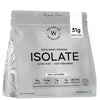
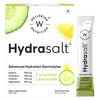
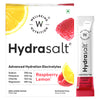







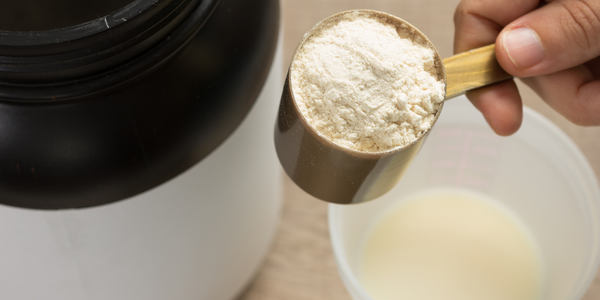

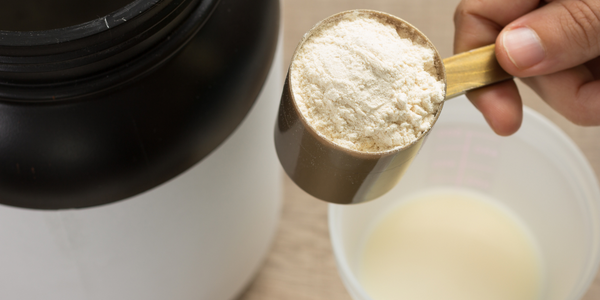
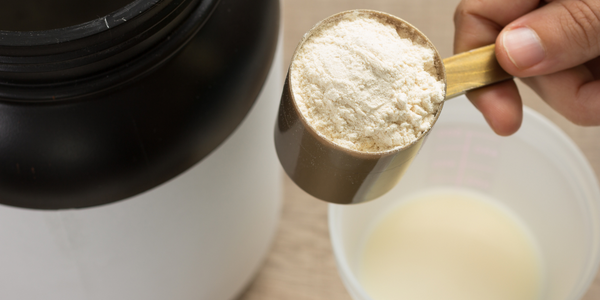

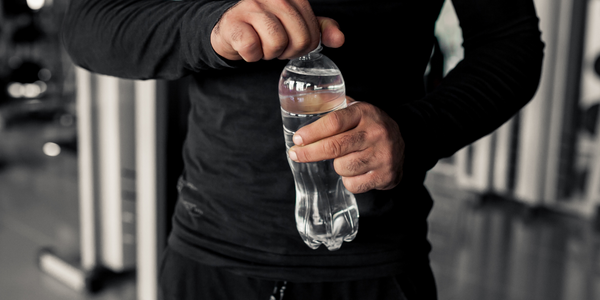








 DOWNLOAD NOW
DOWNLOAD NOW
